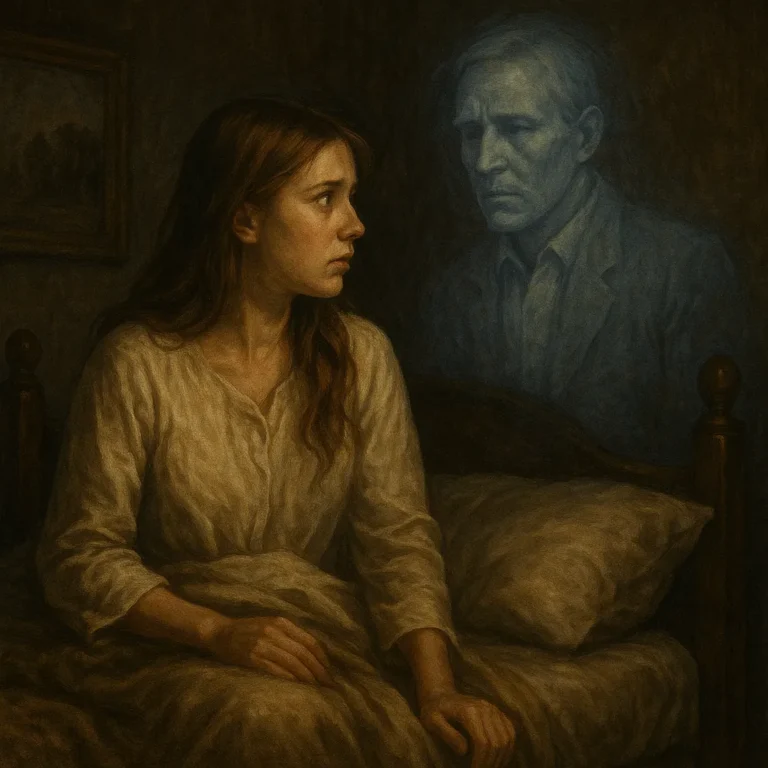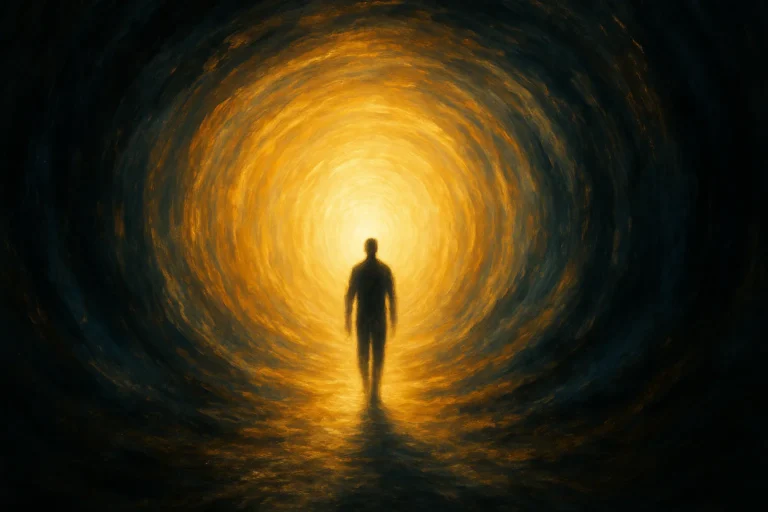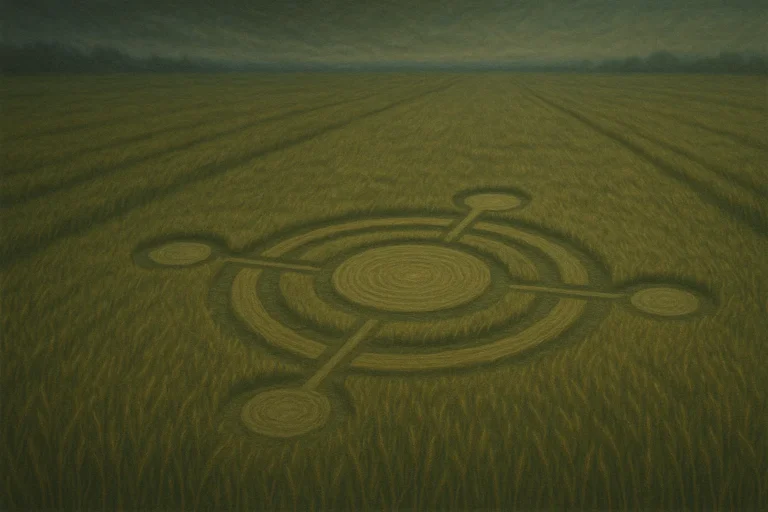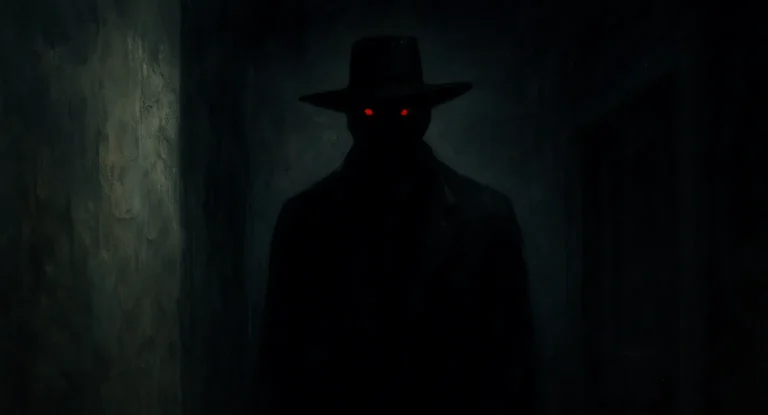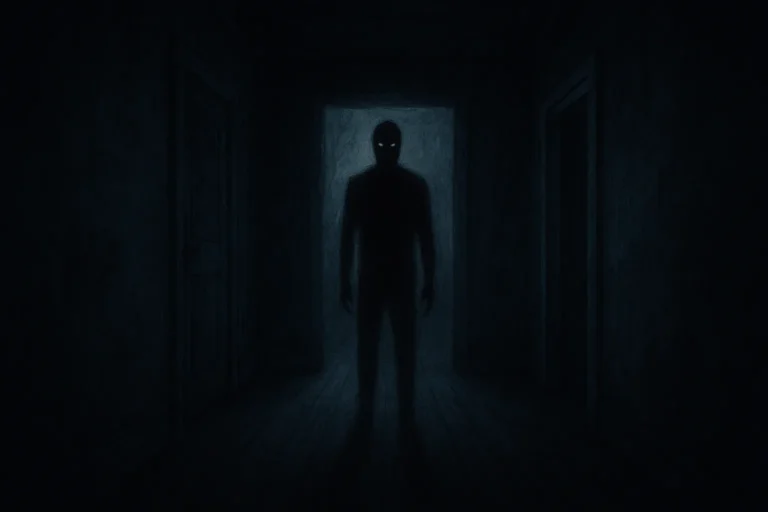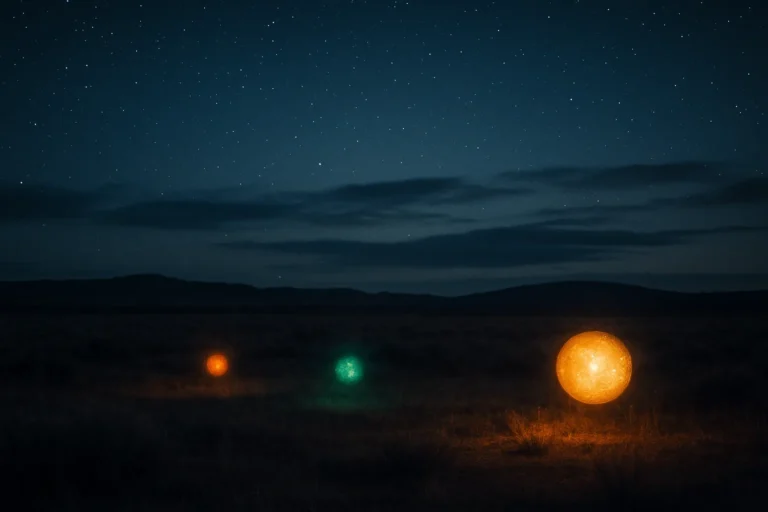Poltergeists: When the Unseen Strikes

It usually begins subtly. A soft knock in the night. A misplaced object that reappears somewhere impossible. A flickering light you swear you just changed. Then, suddenly, things escalate — furniture slides across the floor on its own, dishes crash to the ground, and the walls tremble with unexplained pounding.
Welcome to the world of poltergeists.
The word poltergeist comes from the German words poltern (to make noise) and geist (ghost or spirit), which together mean “noisy ghost.” But poltergeists are more than just loud. They’re active, disruptive, and often downright violent. Unlike the typical ghost story, which centers around a lingering presence or spectral figure, poltergeist cases are defined by their physical disturbances. Objects fly, doors slam, even people have been pushed, scratched, or bitten — all without any visible cause.
But what are poltergeists, really? Spirits with a mischievous streak? A psychic energy gone rogue? Or something else entirely?
📚 A History of Havoc
Poltergeist reports go back centuries, with documented cases appearing throughout Europe as early as the 1600s. One of the earliest recorded incidents comes from the 17th-century Phelps Mansion in Stratford, Connecticut, where objects reportedly flew through rooms and furniture was violently upturned. The family believed they were being tormented by an evil force — one that defied both prayer and logic.
But perhaps the most famous modern case is the Enfield Poltergeist of the late 1970s in London. Two young sisters, Janet and Margaret Hodgson, claimed their home was haunted by a spirit that knocked on walls, threw toys, and spoke in a deep, gravelly voice through Janet’s mouth. Multiple witnesses, including police officers and journalists, claimed to see furniture move by itself and hear unexplainable sounds. Some believed it was genuine. Others accused the girls of faking it.
The case inspired books, documentaries, and even made its way into The Conjuring 2. Whether hoax or haunting, the Enfield case captured the imagination of the world — and continues to divide believers and skeptics to this day.
You can read more about the case in the Society for Psychical Research’s archives.
🪑 A Different Kind of Haunting
What sets poltergeists apart from traditional ghosts is how they behave. Ghosts are often described as passive — appearing as apparitions, causing cold spots, or triggering sudden emotions. Poltergeists, by contrast, are aggressive. They throw things. They make noise. They interfere with the physical world in a way that feels personal and often frightening.
Another curious feature? Poltergeist activity tends to center around a specific person, often a teenager — usually female. In many famous cases, the disturbances seem to follow this person from room to room, and in some rare situations, even from house to house.
This has led some researchers to suggest that poltergeists might not be spirits at all, but instead a form of psychokinesis — the unconscious ability to affect objects with the mind. Under this theory, intense stress or repressed emotions might trigger bursts of energy that manifest as physical disturbances. The afflicted person isn’t even aware they’re doing it.
Could a troubled mind really create so much chaos? Or is that explanation just a way to make sense of something we still don’t understand?
🕯️ Real or Imagined?
Skeptics argue that poltergeist cases are often exaggerated, fabricated, or misunderstood. Many well-known cases have involved trickery, either discovered or suspected. In the Enfield case, for example, Janet was caught bending spoons and faking activity on more than one occasion — but she always insisted that not all of it was faked. And that’s a common thread in many of these stories: hoaxes mixed with real fear.
Other explanations offered include electromagnetic interference, carbon monoxide poisoning (which can cause hallucinations), or simply the power of suggestion. If one person in a household believes something supernatural is happening, others may begin to interpret normal sounds and coincidences as evidence, too.
But some incidents defy easy explanation. Independent witnesses have reported seeing objects move or hearing impossible sounds. In some cases, entire rooms have been destroyed — far beyond what a child or teenager could fake. Could every one of these events really be a mistake, a prank, or a shared delusion?
Or is there something invisible but real moving through our homes, reacting to us, feeding off emotion?
💥 When Things Get Dangerous
While most ghostly encounters are more spooky than threatening, poltergeist cases can cross a line. There have been reports of people being slapped, scratched, or even bitten. Some have been woken by their beds shaking violently. Others claim to have been lifted from the ground.
In the South Shields Poltergeist case in England (2006), parents reported toys being thrown with force, unexplained injuries appearing on their child, and chilling text messages sent from an unknown source — allegedly from the poltergeist itself.
Paranormal investigators approached the case cautiously, but many were deeply unsettled by what they observed. Could a force we can’t see truly have this much power? Or are we witnessing the intersection of human fear and something else entirely?
🔍 The Search Continues
Despite decades of study, we still don’t fully understand what poltergeists are — or even if they’re real. Parapsychologists continue to investigate, and dozens of new cases are reported each year. Yet proof remains elusive.
Some researchers believe that as our scientific tools become more advanced, we’ll eventually be able to detect and understand these disturbances. Others believe the mystery lies not in technology, but in the human psyche — in the parts of our consciousness we’ve barely begun to explore.
Still, the stories keep coming. Strange knocks in the night. Lights that flicker for no reason. Objects that vanish, only to reappear in the center of a locked room. If you’ve ever experienced something like this, you know how hard it is to shake the feeling that you’re not alone.
🧩 The Unfinished Puzzle
Poltergeists challenge our assumptions. They force us to question what we know about the world — about reality, about the mind, about the things that go bump in the night. Whether they’re spirits, psychic energy, or misunderstood natural forces, one thing is certain: they leave an impression.
So the next time you hear a knock with no one there, or find something moved without explanation, don’t be so quick to dismiss it. Maybe it was the wind. Or maybe, just maybe, something was trying to get your attention.

